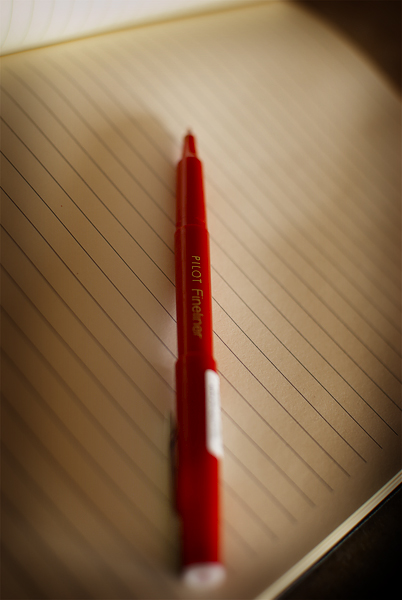Module 2 is about the exposure triangle. The ISO, aperture and shutter and how all 3 work together.
ISO
What is ISO? From the way I understand it from the many readings I did before I finally decided to take up this course, ISO is the measure of sensitivity of the sensor to the light. Meaning, that as you increase your ISO, the less sensitive the sensor is to the light and vice versa.
Why is it important to know and understand this?
Sometimes, we get caught in a situation where there is not enough amount of light to take that shot and ISO 100 can’t make it anymore. One solution would be to jump up the ISO for a faster shutter speed, but keep in mind that as you increase the ISO, the more noise (grain) the image will have.
As they say the best ISO is between 100-400.
For further readings, here’s a link to one of my favorite photo sites .
Aperture
Aperture is like the window to the camera sensor and they are also known as the f-stops in photogs lingo.
What does this do? This controls the opening of the camera lens to allow how much or how little light will hit the sensor. That simply means that the wider the aperture (small f-number) the more light hits the sensor and the narrower the aperture (high f-number) the lesser light will go through the lens and to the sensor.
Also with wide aperture there is shallow depth of field (DOF) which means that only a certain part of the whole picture will be in focus while it is the opposite for a larger depth of field.
For further reading: DPS Site
Shutter Speed
This determines the amount of time the lens is open to allow light it. It is measured in seconds; 1/1000 sec is faster than 1/30 for example.
What can this do? You can freeze motion or create motion blur depending on how fast or slow you set your shutter speed. This is like the ISO that the higher the number, the faster the shutter speed is. The only difference is with ISO you get noise as you go higher but with shutter speed, image quality stays the same.
Extra reading: DPS Site
This is how I understand the exposure triangle after reading the second module. Like me, experiment and explore how these 3 work altogether and see what it can do and we are on our way to taking better photos. Read and shoot, shoot, shoot.
To conclude this module, I submitted this for my assignment.
I got a 10/10. Happy shooting and keep learning.
Recommended Read: Understanding Exposure by Bryan Peterson
